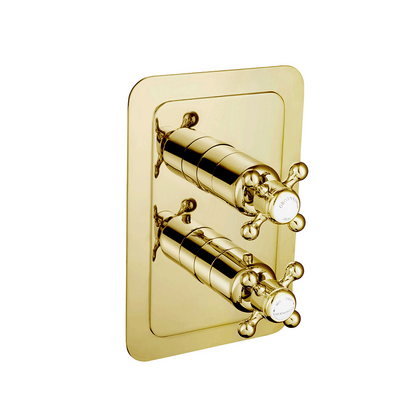Your outdoor pool may be inactive by November.
What are the most important things you should do for your pool during this crucial time of year?
Take out any floating covers from the pool
You should have a winter cover for your pool ready in case of dangers during colder months. To prevent vermin from getting into your pool, you will need to remove any floating covers.
Winter debris pool covers are made of heavy-duty polypropylene mesh.This allows water to drain while keeping leaves and debris from the pool.
Continue to treat the water
Although algae don't grow well in the water below 15C or 60F, it is possible, especially during mild winters. Algae will not stop growing just because you've stopped using your pool for winter. You will need to continue treating the water with shock chlorinator or algaecide until it drops to 7 degrees C (42° F).
Pay attention to the level of the pool's water
Winter rainfall can cause your pool to rise, which could lead to your filter and down pump systems becoming clogged with water, increasing the possibility of frost damage. It is important to keep the pool level from rising too high that it becomes inaccessible.
Shower Valves: Ensuring Optimal Performance and Safety
In any modern bathroom, the shower valve plays a crucial role in controlling water flow, temperature, and pressure. As a homeowner, understanding the importance of shower valves and ensuring their proper maintenance is essential for enjoying a comfortable and safe showering experience. Functionality: Shower valves are responsible for regulating the flow of both hot and cold water to achieve the desired temperature. They come in various types, including thermostatic and pressure-balancing valves. Thermostatic valves maintain a constant temperature, while pressure-balancing valves adjust the water pressure to prevent sudden temperature fluctuations when other fixtures are in use. Types of Shower Valves: 1. Thermostatic Shower Valves: These valves feature built-in temperature sensors that automatically adjust the water temperature to a pre-set level, ensuring a consistent and comfortable shower experience. They are particularly beneficial for households with children or elderly individuals who may be more sensitive to temperature changes. 2. Pressure-Balancing Shower Valves: Pressure-balancing valves regulate water pressure to prevent scalding or cold shocks when there are fluctuations in hot or cold water supply. They are ideal for maintaining a stable and safe showering environment, especially in homes with unpredictable water pressure. Importance of Maintenance: Regular maintenance of shower valves is essential to ensure optimal performance and longevity. Over time, mineral deposits, dirt, and debris can accumulate inside the valve, leading to reduced water flow and potential leaks. Periodic cleaning and inspection of the valve components can help prevent issues and prolong its lifespan. Signs of a Faulty Shower Valve: 1. Inconsistent Water Temperature: Fluctuations in water temperature or difficulty in maintaining a consistent temperature may indicate a malfunctioning thermostatic valve. 2. Low Water Pressure: Reduced water pressure or uneven water flow from the showerhead could signal a problem with the pressure-balancing valve. 3. Leaks or Drips: Any signs of water leaks or dripping from the shower valve should be addressed promptly to prevent water damage and mold growth. Investing in high-quality shower valves and prioritizing their maintenance is essential for ensuring a comfortable, safe, and efficient showering experience. By understanding the functionality of different types of valves and recognizing signs of potential issues, homeowners can effectively manage their bathroom fixtures and enjoy peace of mind knowing their showers are in optimal condition.

.jpg)


No comments:
Post a Comment